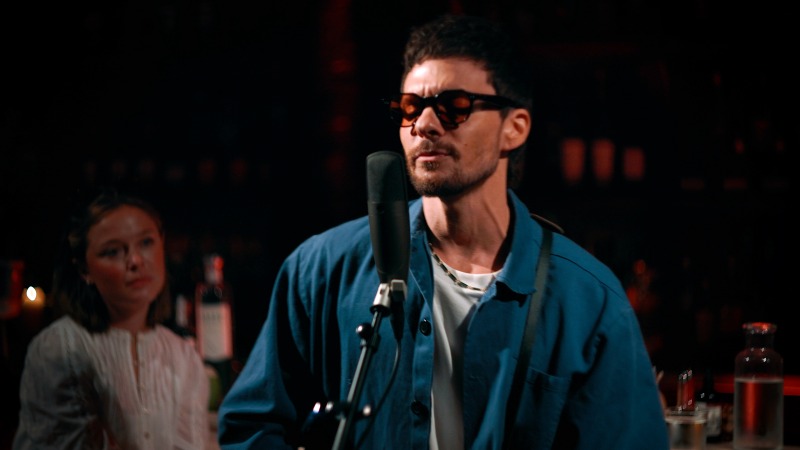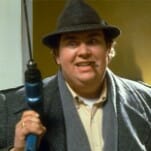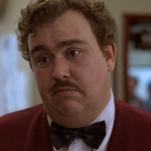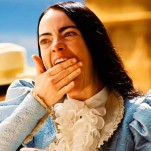Reading Infinite Jest After a Year on the Wagon
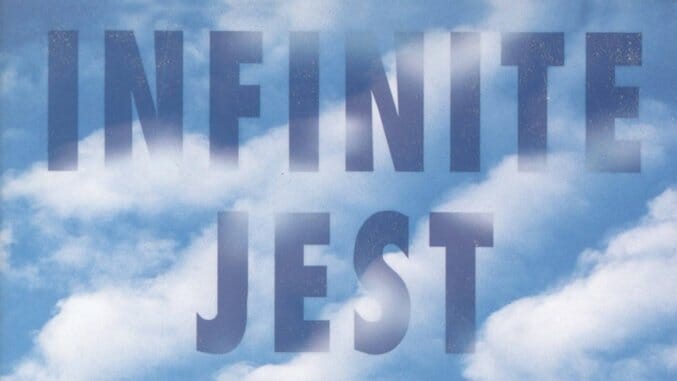
David Foster Wallace’s long-winded masterpiece turns 20 today.
In an interview with Jason Segel on Marc Maron’s WTF podcast, there’s a good story about the time Segel bought a copy of Infinite Jest. At the time, Segel had been cast to play David Foster Wallace in The End of the Tour, which follows Rolling Stone journalist David Lipsky as he profiles Wallace during five days on the Infinite Jest book tour.
Most of Wallace’s scripted lines in Tour came from the real-life Lipsky’s own interview tapes (which are documented in the book Although of Course You End Up Becoming Yourself), and a tape-to-film comparison shows that Segel nailed the writer’s flat delivery. But even with such strong source material, playing Wallace without reading Infinite Jest would be unthinkable. The tremendous piece of work still defines Wallace’s career, which was preceded by pieces of non-fiction, a single short story collection and 1987’s lukewarmly received novel, The Broom of the System. In preparation for the role, Segel went to an indie bookstore to buy his own copy of Wallace’s most-recognized work.
 “There was like a Ghost World-kind of girl behind the counter,” Segel said in the interview. “I set [the book] down, and she said, ‘Ugh, Infinite Jest. Every guy I’ve ever slept with has an unread copy on his bookshelf.’”
“There was like a Ghost World-kind of girl behind the counter,” Segel said in the interview. “I set [the book] down, and she said, ‘Ugh, Infinite Jest. Every guy I’ve ever slept with has an unread copy on his bookshelf.’”
I suspect this particular bookstore clerk’s sentiment wasn’t entirely exaggerated, as many readers of a certain age have started Wallace’s 1996 masterpiece more times than they’d like to admit. Maybe you’ve heard this description of the book before, but it bears repeating: It’s 981 pages long[1], has a shipping weight of 3.2 pounds and requires both hands to read. But that’s part of the book’s appeal. I’ve personally carried the tome as dead weight through cross country moves, taken it on more than one flight and placed it in my backpack with the unlikely hope that, someday, I’d start absorbing its thousand-plus pages by osmosis. If my back prematurely gives out, I’m sure Infinite Jest will be part of the reason.
But during The End of the Tour’s press cycle, I got a text from my friend Anthony. We run a loose book club, which essentially means that we pick a book and text our thoughts back and forth as we read. It was his turn to pick, and I groaned when he texted: “Infinite Jest? lol.”
-

-

-

-

-

-

-

-

-

-

-

-

-

-

-

-

-

-

-

-

-

-

-

-

-

-

-

-

-

-

-

-

-

-

-

-

-

-

-

-























